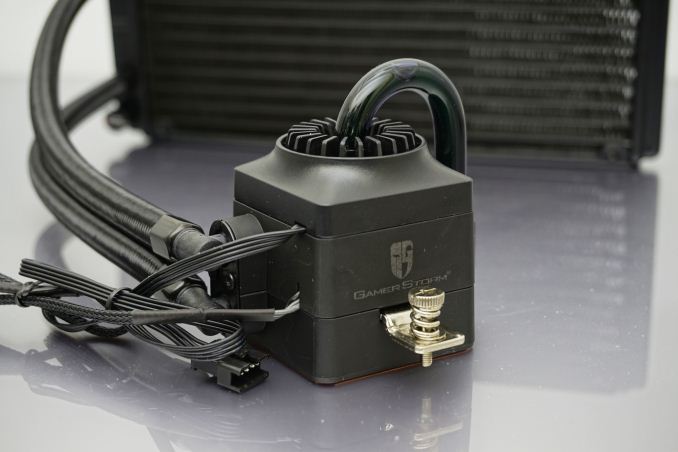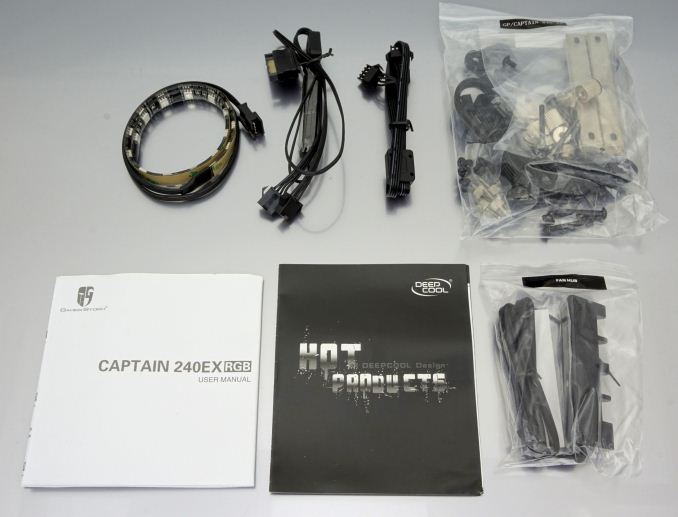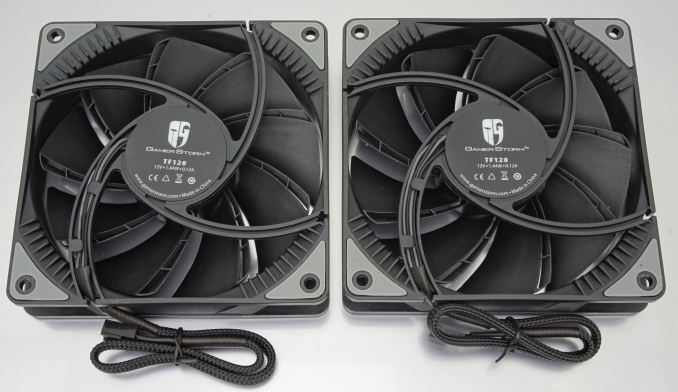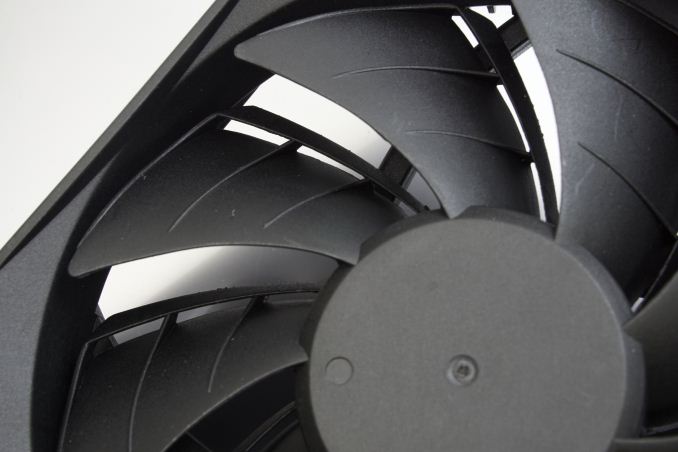The DeepCool Captain 240 EX RGB AIO Cooler Review: Pump it Up, Without the Noise
by E. Fylladitakis on December 14, 2017 9:00 AM EST- Posted in
- Cases/Cooling/PSUs
- AIO
- Deepcool
- Cooler

Liquid cooling is far from a new concept when it comes to personal computers, with the first retail products having surfaced back in the 90’s. Still, liquid cooling remained an experts-only option for many years, both because of its cost and its complexity. That all changed not too long ago, when Asetek presented their first “all-in-one” (AIO) concept liquid cooler. As the name suggests, it was a preassembled liquid cooling system that the user only had to install into the case/system, a process of equal difficulty as that of any advanced air cooler.
With a product that is both economically competitive and ready to install, AIO coolers soon flooded the PC components market. Fast forward to today, there are dozens (if not hundreds) of AIO liquid coolers available from numerous manufacturers, even from manufacturers that do not produce air-based or other cooling solutions. With that much competition available, each manufacturer is trying to differentiate their products in their own way(s) and not necessarily compete in terms of raw performance.
In today's review we are taking a look at the Captain EX 240 RGB AIO cooler from DEEPCOOL, one of the best-established Chinese manufacturers of PC cooling solutions. DEEPCOOL upgraded their earlier series of Captain EX coolers and virtually added only RGB lighting. As we have not had a look at their products for quite a long time, we decided to put the new Captain EX 240 RGB to the test and examine its design and thermal performance, which should also be representative for the non-RGB version of the cooler as well.
Packaging & Bundle
DEEPCOOL ships the Captain EX 240 RGB AIO cooler in a large, strong cardboard box. The artwork is based on simple geometric shapes but is colorful, hinting the concept behind this cooler’s design. Inside the box, we found the cooler and its accessories well protected into a custom cardboard insert.
The typical bundle of AIO coolers consists of the mounting hardware and an installation guide. DEEPCOOL added a couple of extra items to it, which are a plastic fan hub and an RGB LED strip. The triangular fan hub can be attached to anywhere the user desires to power the cooler’s fans. It can power four fans, so two more fans can be added to the radiator for a push-pull configuration if required, or other case fans can also be attached to it. The RGB strip is a welcome addition that surely every user with a windowed side panel will appreciate. It comes with all of the necessary wiring/controller required for it to work in parallel with the RGB lighting onboard the cooler.
The two 120 mm fans supplied alongside with the Captain EX 240 RGB are unique designs from DEEPCOOL themselves, with the blades forming a rectangular channel across their bottom edge. This “2-layer” blade design is supposed to reduce air turbulence noise while maintaining a high pressure. The fans have fluid dynamic bearing (FDB) engines and, interestingly, the blades can be removed from the frame for easy cleaning or replacement. DEEPCOOL is offering the fan blades in several colors.














34 Comments
View All Comments
croc - Friday, December 15, 2017 - link
I have an NHD-15 heat sink and I also have a corsair h80i v2. (my case, a silverstone FT1 does not easily support radiators larget than 120mm) My CPU is an older 3930K six core that warms up nicely... Of course I do not have all the nice test bench stuff that Anandtech has, so my results are quite a bit more touchy-feely. By just a whisker the NHD-15 is both a tad quieter and a tad cooler.... I also like the fact that I know that outside of the fans there are no moving parts to fail.I am sure that my limitations are the 120 mm radiator, and I am also pretty well convinced that within a given sized radiator, there will be a very narrow range of test results across the range of AIO kits. But I keep looking...
LordanSS - Friday, December 15, 2017 - link
Thank you, Mr. Fylladitakis for your review.Since the advent of AIO liquid cooling kits my personal builds have changed a good bit. Have a H100i on my main build for a few years now, and my old and trusty second machine has a Hyper 212 EVO on it.
I've had bad experiences with heavy air coolers in the past, so I tend to stay away from them these days. My cases have positive pressure and the H100i works well as an exhaust mounted at the top.
To each their own. I know several people that frequent this website are still fond of air cooling, and in many situations it's still a very good and efficient option but in the end I'd say it depends on what kind of build you have in mind.
snarfbot - Sunday, December 17, 2017 - link
how long are these coolers being run at load?deadlockedworld - Wednesday, April 11, 2018 - link
For all the commentary about the bench -- this deepcool is not in the Anandtech bench section. ...